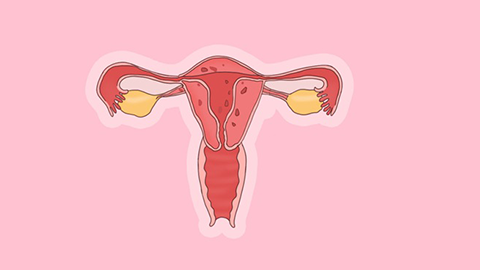Does an endometrial thickness of 10 mm indicate endometrial hyperplasia?
Generally, the term "endometrium" refers to the lining of the uterus, and endometrial hyperplasia means the thickening of the uterine lining. Whether an endometrial thickness of 10mm indicates endometrial hyperplasia mainly depends on whether there are accompanying symptoms of menstrual abnormalities. If there are no abnormal symptoms and it is within the normal menstrual cycle phase, it usually does not indicate endometrial hyperplasia; however, if there are abnormal symptoms and it is not within the normal physiological cycle, there may be a risk of endometrial hyperplasia. If discomfort occurs, timely medical consultation is recommended. A detailed explanation is as follows:

During a normal menstrual cycle, the thickness of the endometrium changes. Before menstruation begins, the endometrium typically thickens to a thickness of approximately 8-14mm. Therefore, if the endometrial thickness is 10mm and it is during the pre-menstrual phase, this is a normal physiological phenomenon and does not suggest endometrial hyperplasia.
However, if the endometrial thickness is 10mm and is accompanied by abnormal menstrual symptoms, such as irregular menstrual cycles, increased menstrual flow, prolonged menstrual periods, or irregular bleeding, this may indicate a risk of endometrial hyperplasia. In such cases, further gynecological examinations, such as hysteroscopy, and an endometrial biopsy for pathological analysis are required to confirm the diagnosis.
Maintaining a healthy lifestyle, balanced diet, moderate exercise, and avoiding excessive fatigue and emotional fluctuations are important for maintaining the balance of the endocrine system.




